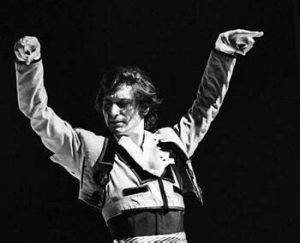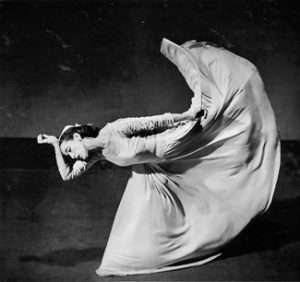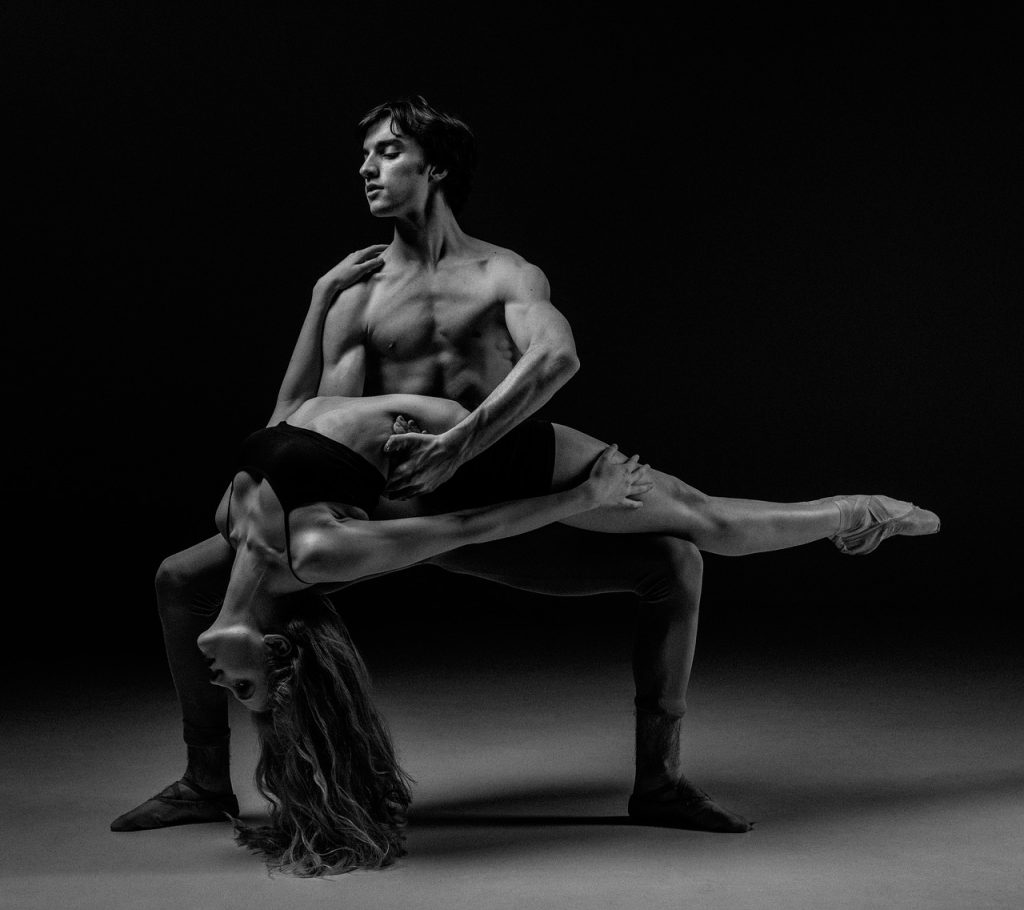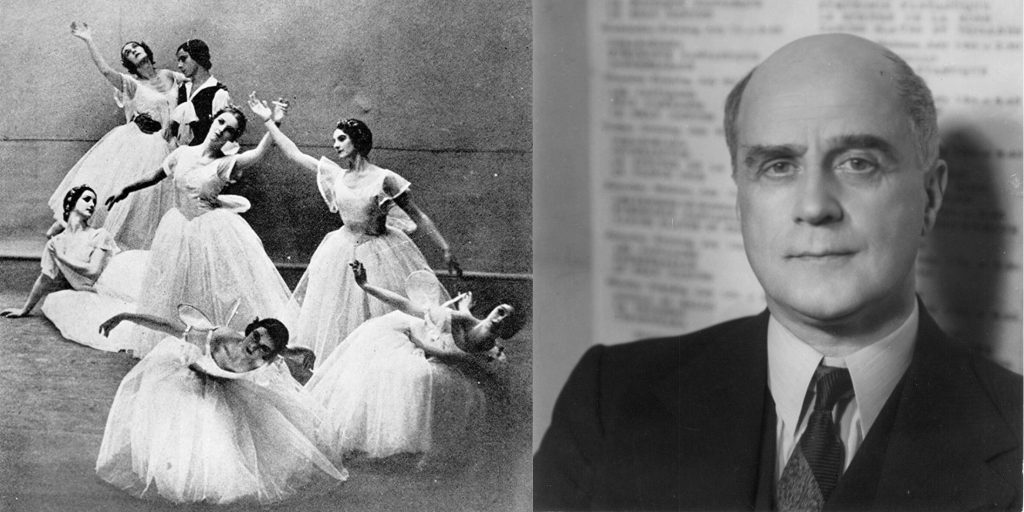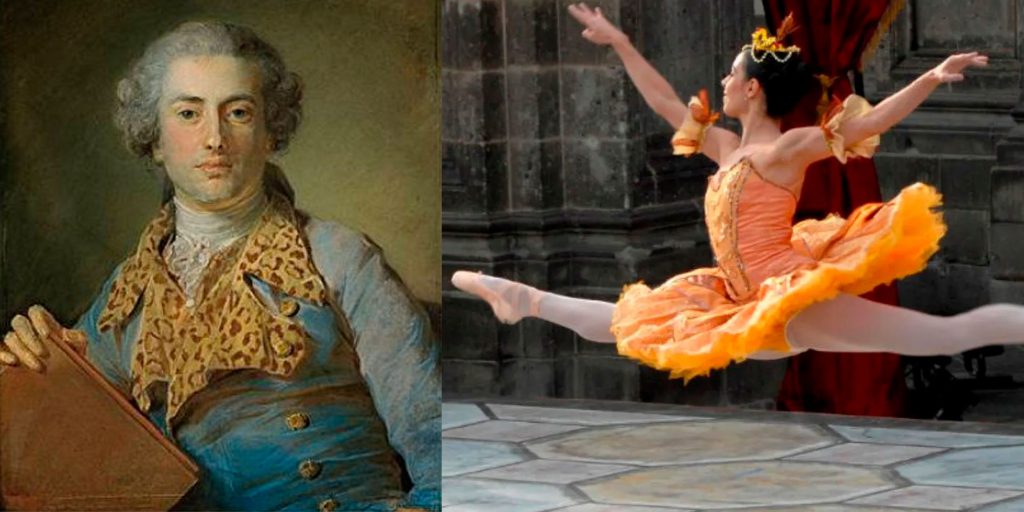Understand the dance step as the word of a text.
Aesthetics is beautiful but by itself it is not moving. It moves what is inside and transmits the artist. And the key is to understand the dance step as the word of a text.
Until now, you either had or you didn’t have that “gift” of transmitting. But this has changed. Now there are new techniques to find the way to transmit, to move the public.
Dancing for the sake of dancing, “just feeling”, without being in contact with something within oneself that is very concrete, very specific (something general does not work) is like for an actor to release text for the sake of releasing it, without being in creating and working internally or externally what you need that text. What those words of the work and the author mean.
Until now, you either had or you didn’t have that “gift” of transmitting. But this has changed. Now there are new techniques to find the way to transmit, to move the public.
In dance, each step of a choreography is the same.
In the past great masters of dance took it into account, although now mostly, due to the times in which we live, we dance from another more technical, more aesthetic place, further away from ourselves. But looking to the future, the difference in movement is so great, so enormous, that it is like an actor who is not present, to one who is, which is the character and his world. Everything the author wanted to convey with those words.
Just like in a text. Each dance step takes on a sense, a meaning. That is the enormous difference of understanding the dance step, as the word of a text in a choreography.
If we take the word “tired” as an example, depending on how you say it, it can have many meanings. Tired? Tired! or ti…red, tired…, etc. There are as many ways as you try to say it and it’s always the same word.
The same is and happens with any dance step.
There is a whole series of internal processes of the person in a choreography, which intervene invisibly, hindering the profound transmission of the message.
It is important to understand that, taking the same dance step for all the dancers as an example, only one can express himself clearly, only one can move the audience and the others leave it cold and indifferent even when dancing very well and all doing the same step.
And this is so because it depends on creating something very specific, and truthfully (this is very important), inside the dancer.
There is a whole series of internal processes of the person that intervene in a choreography in an invisible way, hindering the deep transmission of the message. Evidently for this the choreographer has to have, as in the text the author, very very clear what he wants to tell, what he wants to dance.
And the job of PASOATRES is to publicize these processes and invite all those interested to study them.
Antonio Gades (1936-2004)
“The dance step itself doesn’t mean anything; it’s a language to express a feeling, the state of mind of a person.”
Because making a ballet, for Antonio, did not mean filling a piece of music with steps and making it look pretty, but rather giving it its meaning, its why.
Antonio felt that he had brought to Spanish dance a new form of theatrical expression that opened up the possibilities of evolution towards a universal art.
Martha Graham (1894-1991)
Graham took a psychoanalytical viewpoint on dance. She believed that the purpose of dance is to illuminate the life and struggles of the human experience, paying particular attention to humans inner nature.
Her dances were dramatic expressions of the conflict between the individual and society in an attempt to look at the internal motivations of humanity. Graham believed that using dance for that purpose would bring psychoemotional enlightenment.
Since the purpose of dance is to translate emotional experience into physical form, in the Graham technique, each movement must have a clear and discernible meaning.



